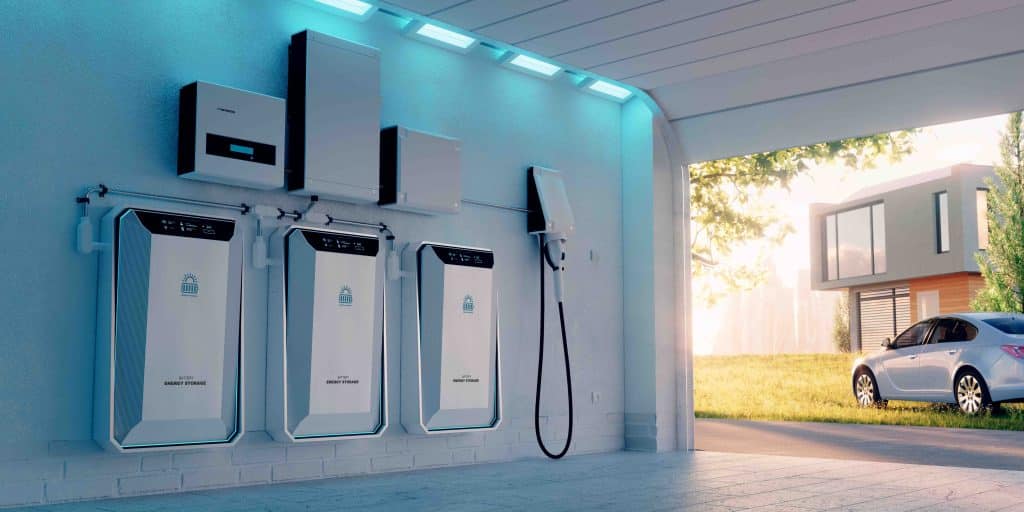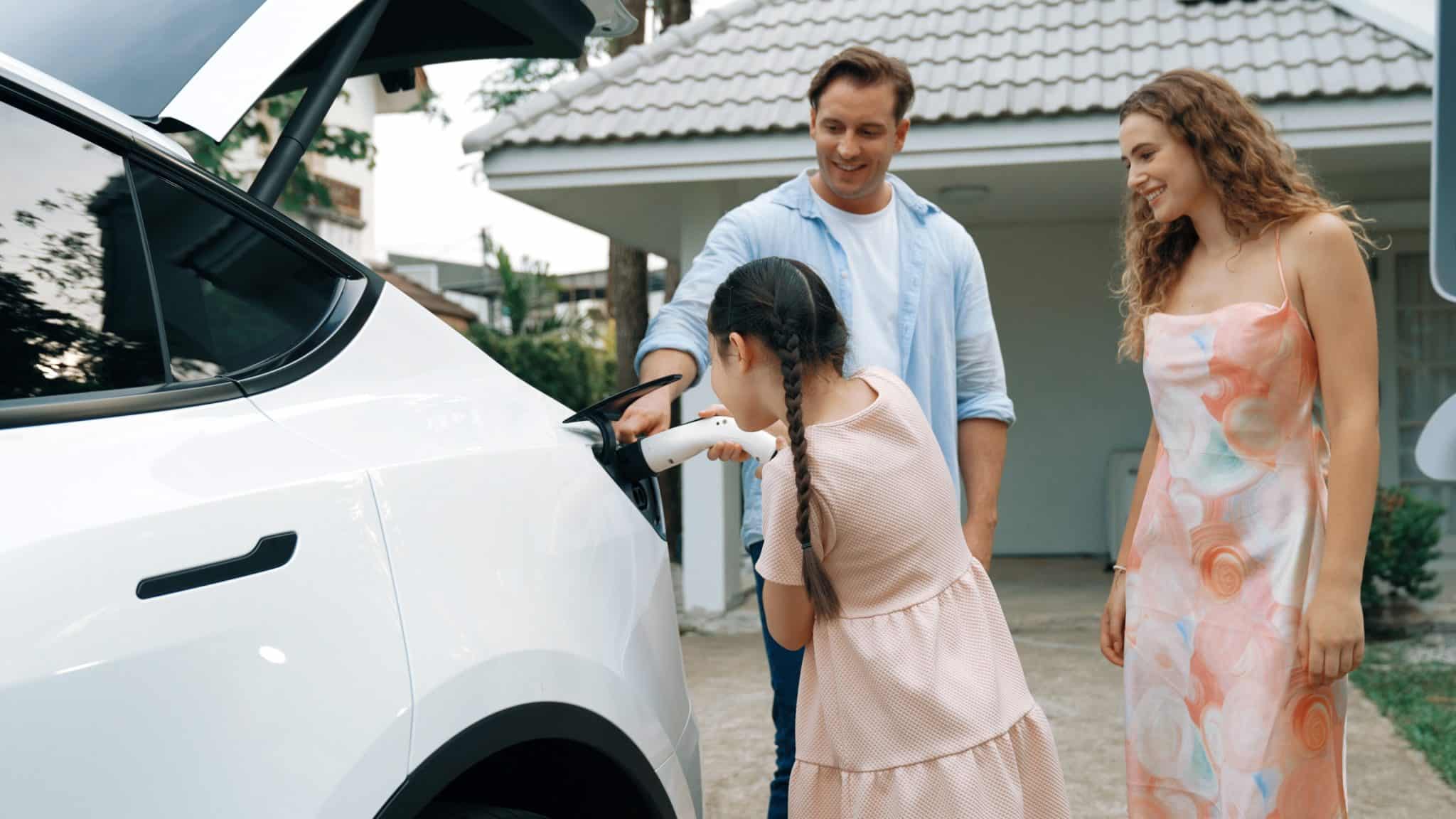How To Install EV Charger At Home: Essential Tips And Tricks
Electric vehicles (EVs) are becoming more popular, and having a home charger can make your life much easier. Installing an EV charger at home might seem daunting, but with the right steps, you can do it efficiently and safely. Here are some essential tips and tricks to help you through the process.
Check Your House’s Electrical System
Before you start, you need to evaluate your home’s electrical system. Check if it can handle the additional load of an EV charger installation. If you’re unsure, hire a professional electrician to inspect your system and ensure it’s up to code.
Select The Right Charger
Selecting the right charger for your needs is crucial. There are different levels of chargers – they are grouped in three (Level 1 EV chargers are the slowest while Level 3 EV chargers are the fastest option). Make sure that you consult a professional electrician as well as a qualified EV sales personnel to determine which is the perfect option for you.
Know Where You Need To Install The Charger In Your Home
Choose a convenient and safe location for your EV charger. Most people opt for the garage or a driveway. Ensure the spot you pick is close to your main electrical panel to minimize installation costs. The charging cable should easily reach your vehicle’s charging port without stretching.
Get All Of The Much-Needed Permits
Depending on your local regulations, you may need a permit to install an EV charger. Check with your local building department to find out what’s required. Having the proper permits ensures your installation is legal and safe.
Work With An Expert Electrician
Unless you’re a skilled electrician, it’s best to hire a professional. They can handle the wiring and ensure everything is installed correctly. A certified electrician will also ensure your system can handle the new load and that all work complies with local codes.
Make Preparations Before The Installation
Once you’ve chosen your charger and location, and obtained any necessary permits, it’s time to prepare for installation. This might involve clearing out space in your garage or driveway and making sure the area is accessible for the electrician.
Install The EV Charger Properly

On installation day, your electrician will first turn off the power. They’ll start by turning off the power to the area where the charger will be installed. Next, the electrician will run wiring from your electrical panel to the installation location. This often involves installing a dedicated circuit for the charger.
Then, the charger will be mounted on the wall or a stand, depending on the setup that you have at home. And lastly, they’ll connect the charger to the power supply and test it to ensure everything is working correctly.
Test The Install
After installation, thorough testing is essential. Your electrician should check the charger to ensure it’s operating correctly and safely. They should also demonstrate how to use the charger and explain any safety precautions you need to follow.
Register The EV Charger
Some manufacturers require you to register your charger to activate warranties or receive updates. Make sure you complete any necessary registration steps to protect your investment.
Properly Maintain Your EV Charger
Regular maintenance is key to ensuring your charger operates smoothly. Check the charger and its cables regularly for any signs of wear or damage. Clean the charging port to prevent dirt and debris buildup. If you encounter any issues, contact a professional for repairs.
Connect Your EV Charger With Solar
If you have solar panels, consider integrating your EV charger with your solar power system. This setup can reduce your electricity costs and make your home more environmentally friendly. Consult with a solar power expert to explore your options.
Take Advantage Of EV Charger Benefits
Many governments offer incentives for installing EV chargers at home. These can include tax credits, rebates, or grants. Check with your local government or utility company to see what incentives are available to you.
Account For Future Upgrades
As EV technology advances, you might want to upgrade your charger in the future. Ensure your installation can accommodate future upgrades, such as higher power chargers or additional charging stations. Planning ahead can save you time and money in the long run.
To Conclude
Installing an EV charger at home is a worthwhile investment for any EV owner. By following the essential tips and tricks mentioned above, you can ensure a smooth and efficient installation process. Remember to assess your electrical system, choose the right charger, hire a professional, and take advantage of available incentives.
With a home EV charger, you’ll enjoy the convenience of charging your vehicle at home, saving you time and effort in the long run. Embrace the future of transportation with a home EV charger and enjoy the benefits it brings today.







